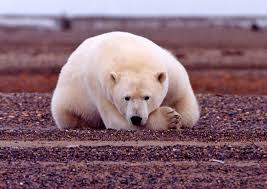
This week the conversations about climate change got related to an issue that personally impacts all of us- your health. During the roundtable discussion at Howard University’s College of Medicine, President Obama, U.S. Surgeon General Dr. Vivek Murthy, and EPA Director Gina McCarthy discussed how the environment impacts public health. Over the last few years sea water temperatures, marine species, and weather patterns have been key topics in climate change discussions. Many people have forgotten the health problems that also result. The World Health Organization estimates that an additional 250,000 deaths per year between 2030 and 2050 will occur. So here’s the real question- Will reframing climate change as a public health issue in addition to an environmental issue help gain support and action? Read more…
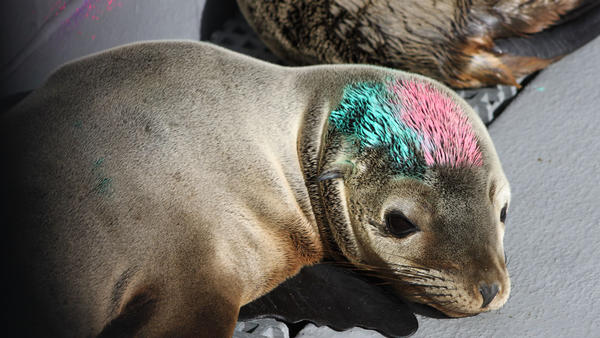
According to the National Marine Fisheries Service, there have been over 2,000 sea lion pups stranded on California beaches this year. There were 350 pups stranded in January, 850 pups in February, and 1,050 pups in March. In the same time period last year, only 230 sea lions were reported abandoned. Researchers have reported that this increase is a result of decreasing food sources, increase in water temperature, and algae blooms. Read more…
 After spending some time observing the eating patterns of great white sharks, researchers came to some interesting conclusions. It appears that these sharks attack frequently attach from a direction that puts the sun behind them. This habit may have be because the sunlight creates a contract that highlights the location of prey. The complete study was published in American Naturalist, Read here…
After spending some time observing the eating patterns of great white sharks, researchers came to some interesting conclusions. It appears that these sharks attack frequently attach from a direction that puts the sun behind them. This habit may have be because the sunlight creates a contract that highlights the location of prey. The complete study was published in American Naturalist, Read here…
4. Images of Algae Blooms Taken From Space
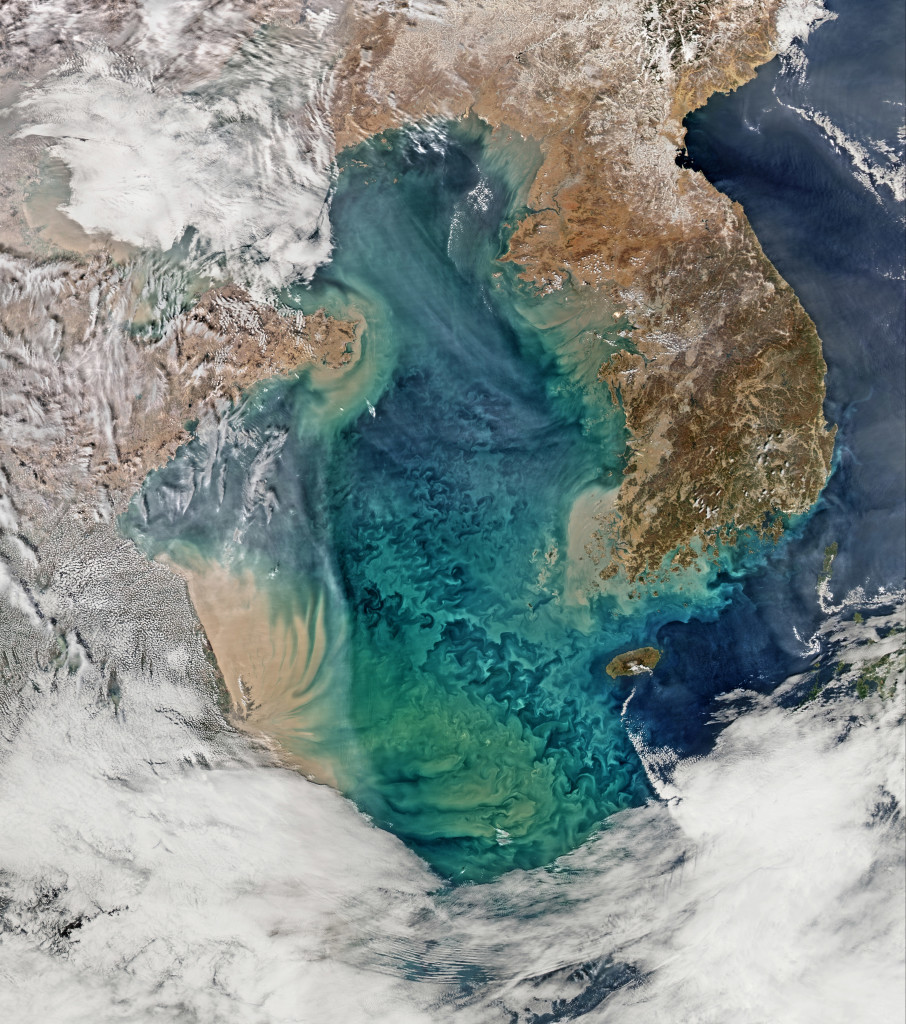 This week NASA announced a new project to observe algae blooms in the freshwaters of the United States. The project will compare recent and historic images from satellites to observe any trends. Algae blooms are dangerous to freshwater ecosystems. Essentially, these plants will increase the water oxygen levels to a dangerous level and produce toxins in the water supply. NASA hopes that this $3.6 Million project will provide environmental agencies with valuable information to predict and track the algae blooms. Read more…
This week NASA announced a new project to observe algae blooms in the freshwaters of the United States. The project will compare recent and historic images from satellites to observe any trends. Algae blooms are dangerous to freshwater ecosystems. Essentially, these plants will increase the water oxygen levels to a dangerous level and produce toxins in the water supply. NASA hopes that this $3.6 Million project will provide environmental agencies with valuable information to predict and track the algae blooms. Read more…
5. Evolution Continues in the Galapagos Islands
6. Robot Reveals Sea Life Thriving Beneath Antarctic Ice
Today NOAA will begin their expedition to explore the depths of the Carribbean Sea and Atlantic Ocean.The team will sail the Okeanos Explorer for 20 days around the Puerto Rico Trench. During this time period the team will complete 20 ROV dives, continue mapping the sea floor, and routinely collect depth and ocean characteristic data. Read more…
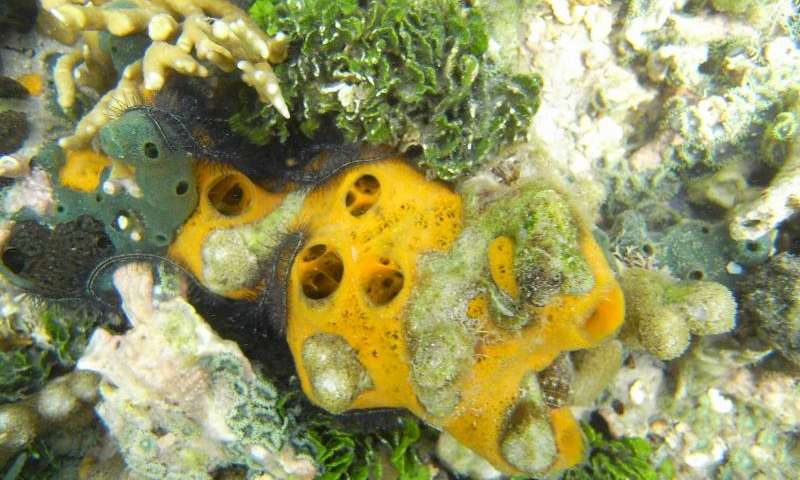
If you have ever been diving or snorkling you’ve probably seen a number of sea sponges and haven’t thought twice about them. A recent study by the University of Barcelona revealed that there may be more to these organisms than what meets the eye. The recently published report concludes that the marine sponge Mycale acerata, a common Antarctic water sponge, and Mycale laevis, from the Caribbean, produces a yolk that promotes survival possibilities. Researcher Ana Riesgo reports that ” this is the first study that analyses embroyogenesis and yolk formation in two marine species inhabiting contrasting latitudinal areas”. Read more…
9. Climate Change Continues to Impact Whales
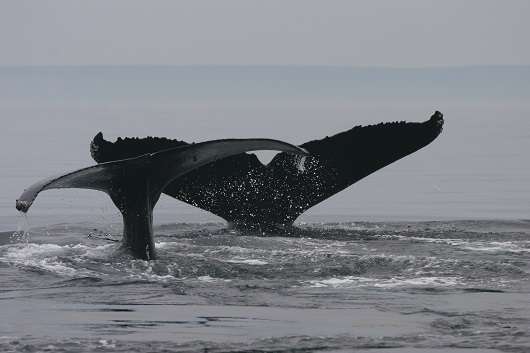 Over the last few months we have showcased a number of articles that rreiterate the impact that climate change has had on the whale species. This particular article highlights the impact on fin and humpback whales. A long term study was published in PLoS ONE and describes the adjustments in the whale migration patterns as a result of ocean temperature changes. Over the 27 year period of time reviewed, the fin and humpback whales arrived at their feeding grounds one day earlier each year to align with the arrival time of their prey. Although these species have shown that they are particularly adaptable, it is a concern if the pattern will continue with additional ocean temperature increase. Read more…
Over the last few months we have showcased a number of articles that rreiterate the impact that climate change has had on the whale species. This particular article highlights the impact on fin and humpback whales. A long term study was published in PLoS ONE and describes the adjustments in the whale migration patterns as a result of ocean temperature changes. Over the 27 year period of time reviewed, the fin and humpback whales arrived at their feeding grounds one day earlier each year to align with the arrival time of their prey. Although these species have shown that they are particularly adaptable, it is a concern if the pattern will continue with additional ocean temperature increase. Read more…
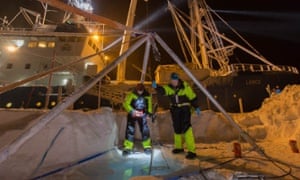 As the world prepares to put an action plan in place to manage climate change, may scientists are working to build a better understanding of the decline of sea ice. On January 11th, the Norwegian Polar Institute set out on an expedition in the Arctic Sea. The group on the RV Lance, the name of the research vessel, observed how snow, sea water, wind, and ocean currents impact the sea ice. Read more…
As the world prepares to put an action plan in place to manage climate change, may scientists are working to build a better understanding of the decline of sea ice. On January 11th, the Norwegian Polar Institute set out on an expedition in the Arctic Sea. The group on the RV Lance, the name of the research vessel, observed how snow, sea water, wind, and ocean currents impact the sea ice. Read more…
Be sure to “LIKE” http://facebook.com/SeaSave to ensure our “Week in Review” is delivered to your newsfeed every Thursday.
Sea Save Foundation is committed to raising awareness of marine conservation. The Week in Review is a team effort produced by the Sea Save staff to provide a weekly summary of the latest in marine research, policy, and news.




